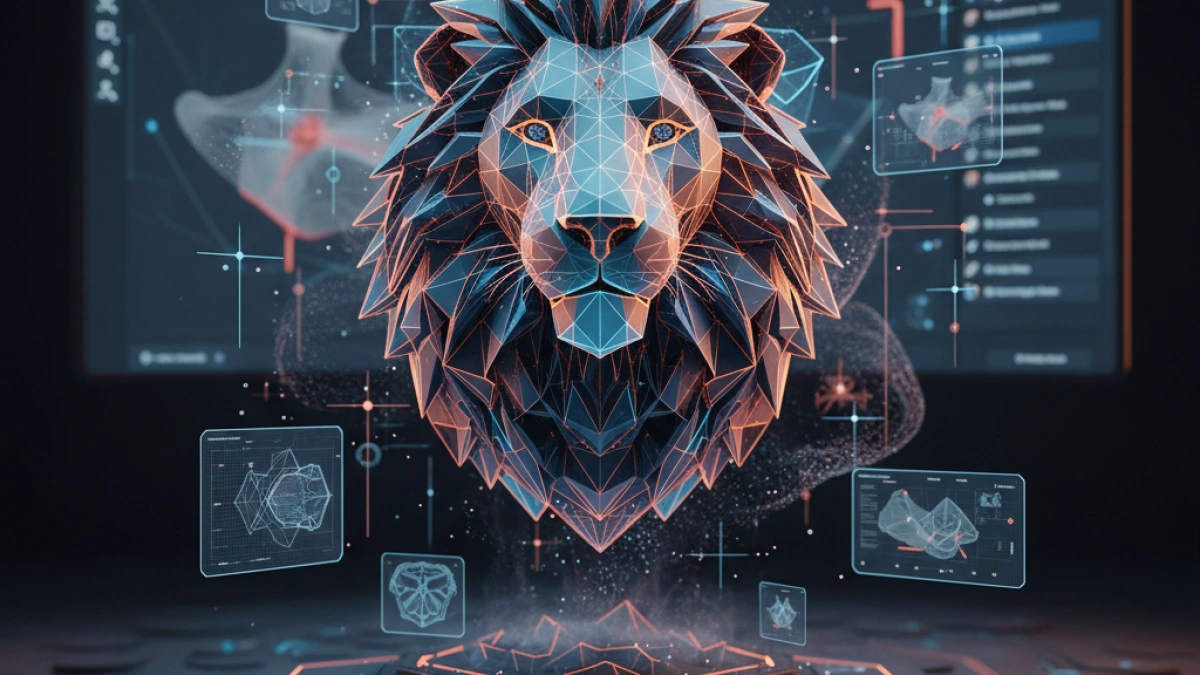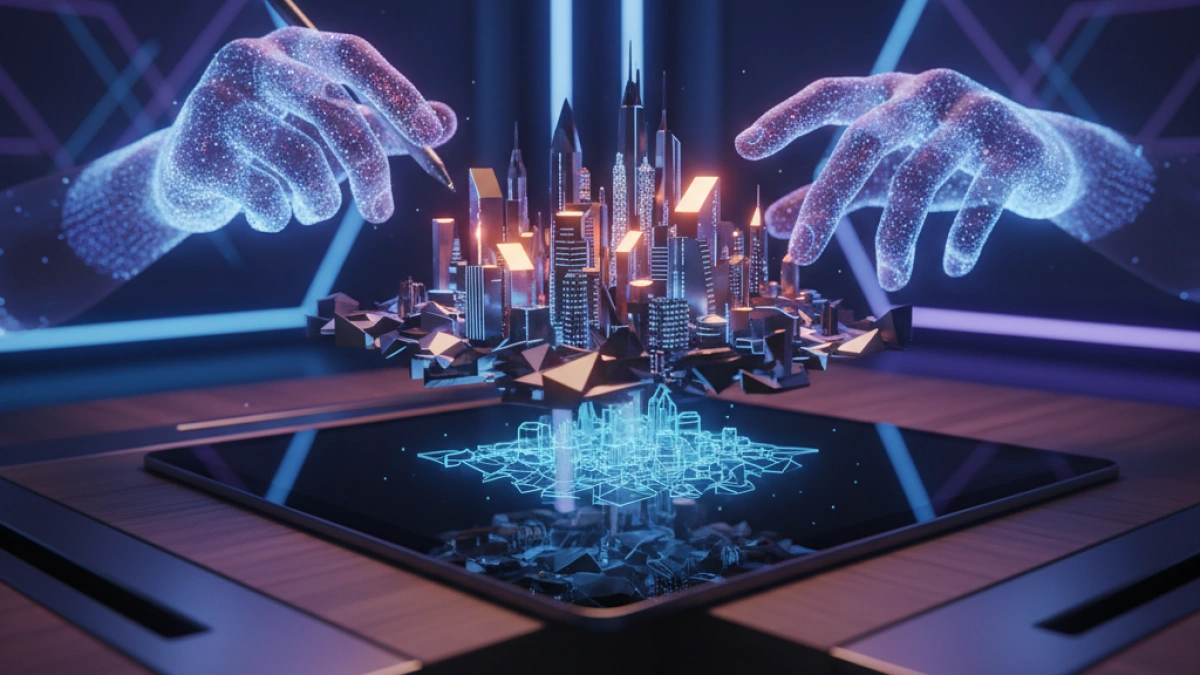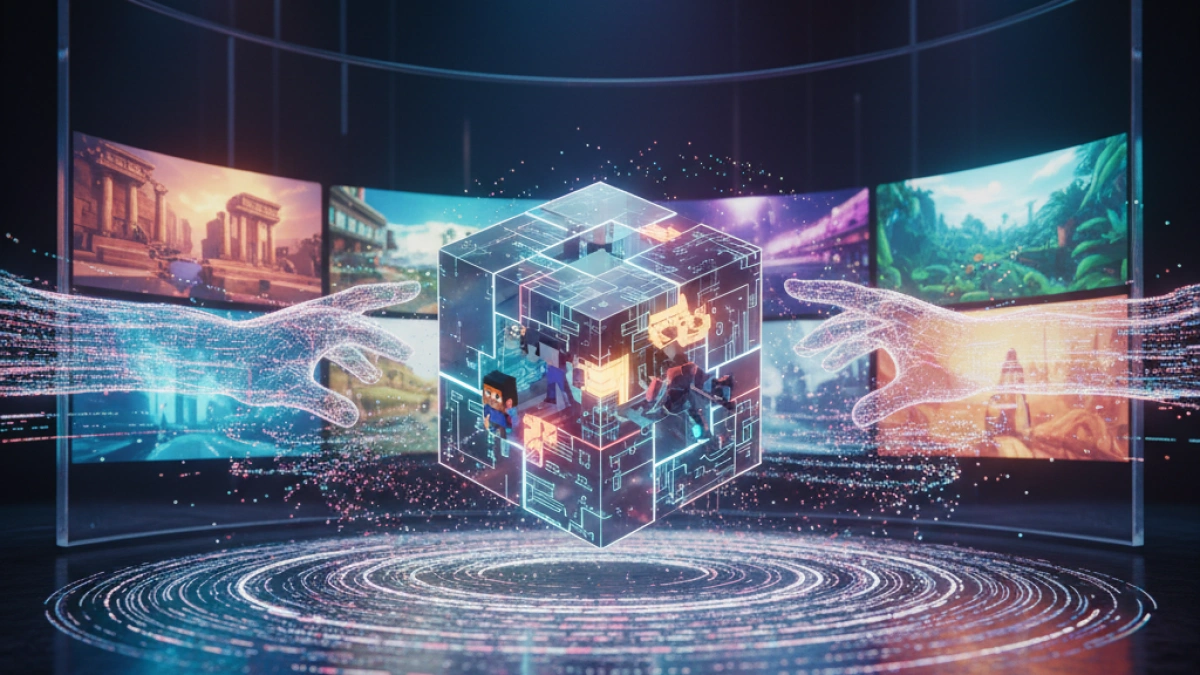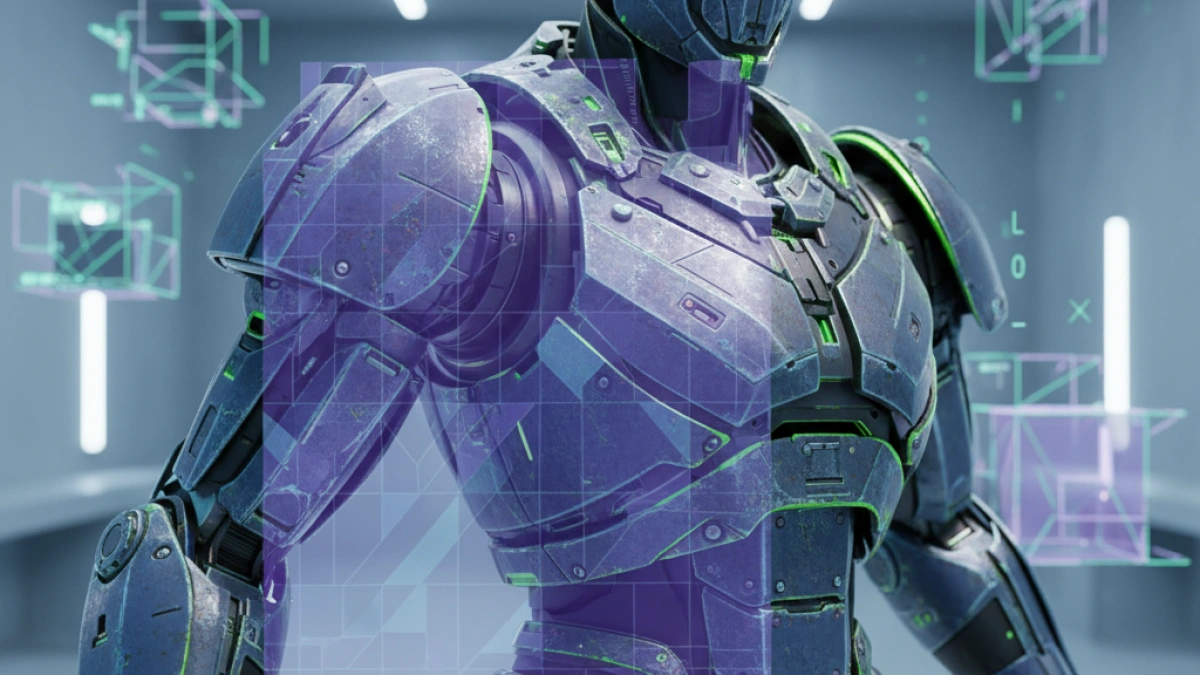What Are PBR Textures and What Do They Mean?

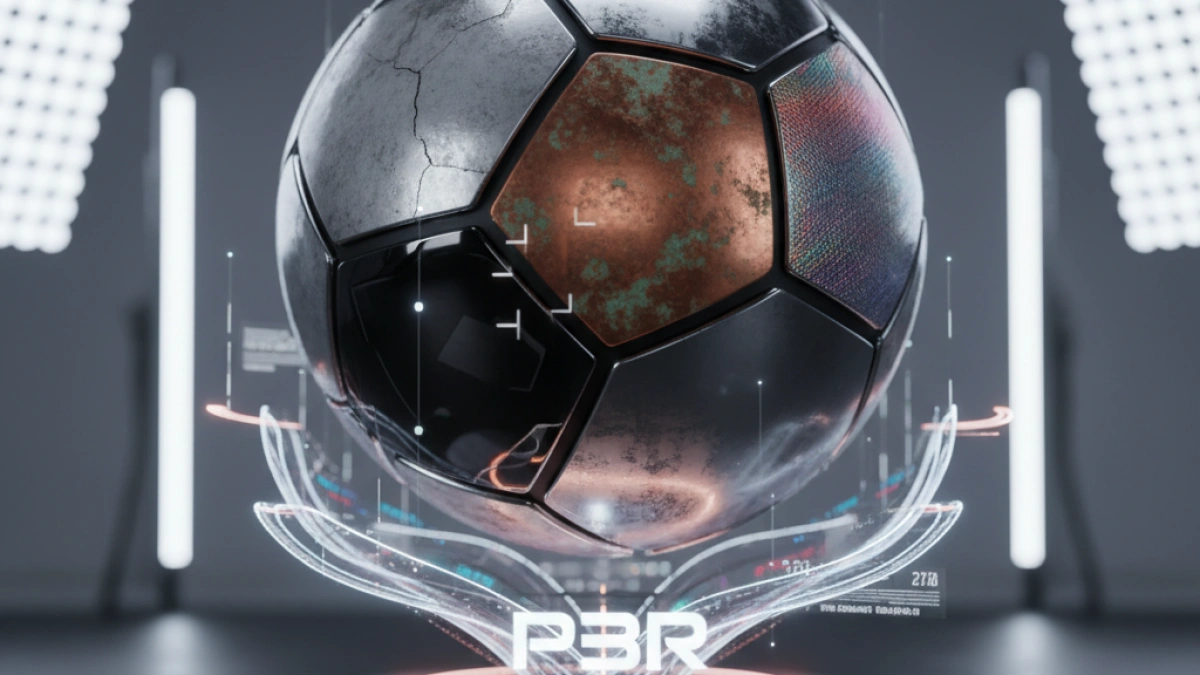
PBR textures, short for "Physically Based Rendering," have revolutionized the way 3D graphics are created in video games, animations, and architectural visualizations. This approach allows materials to appear more realistic and behave more consistently under different lighting conditions. In this article, we will explore in-depth what PBR textures are, how they work, and their importance in the world of digital design.
What is Physically Based Rendering (PBR)?
Physically Based Rendering is a technique that simulates how light interacts with materials in a way that mimics reality. Unlike traditional rendering methods that often rely on empirical adjustments and artistic styles, PBR uses real physical principles to model the behavior of light. This results in a more accurate representation of how materials will look under different lighting conditions.
Principles of PBR
- Energy Conservation: This is one of the fundamental rules of PBR. Materials cannot reflect more light than they receive, ensuring that all colors remain within a realistic range.
- Reflection and Refraction: Materials reflect and refract light in different ways, which is considered in the rendering process. This is crucial for transparent or shiny materials.
- Micro-Surfaces: Materials have microscopic textures that affect how light interacts with them. PBR simulates these micro-surfaces to achieve more realistic results.
Types of PBR Textures
PBR textures are commonly divided into several types, each of which plays an essential role in creating materials. Here are the most important ones.
1. Albedo (Diffuse)
The albedo texture represents the base color of the material without shadows or reflections. This is fundamental for the initial visual appearance of the object. Generally, this texture should not contain lighting information, as it is used to represent only the color.
2. Normal
The normal texture allows for the simulation of a material's surface in more detail without increasing the geometry of the 3D model. Through a normal map, relief and depth effects can be created, adding realism without the need for more polygons.
3. Metalness
This map determines how metallic a material is. Values typically range from 0 (non-metallic) to 1 (metallic). Metallic materials, like gold or silver, have a shinier appearance and reflect their surroundings, while non-metallic materials, like wood or plastic, scatter light.
4. Roughness
The roughness texture controls the surface roughness of a material. A low roughness value makes the surface look smoother and more reflective, while a high value results in a rougher and more diffuse surface. This directly affects how light reflects off the surface of the material.
5. Ambient Occlusion
The ambient occlusion map adds subtle shadows to corners and areas where light does not reach as easily. This helps create the illusion of depth and realism in materials.
How PBR Textures Work
Texturing Workflow
The texturing process using PBR involves several steps. First, the necessary textures (albedo, normal, metalness, roughness, and ambient occlusion) are created or acquired. Next, these textures are assigned to materials in a rendering engine or a 3D modeling tool.
Key Steps:
- Texture Creation: Use texture creation software like Substance Painter, Quixel, or simply Photoshop to create the textures.
- Integration into the Game Engine: Import the textures into an engine like Unreal Engine or Unity and assign them to the corresponding material.
- Testing in Different Lighting Conditions: To ensure that the textures behave as expected under various lighting setups.
Advantages of PBR
- Enhanced Realism: PBR textures result in much more realistic visualizations than traditional methods.
- Consistency: Due to their physical basis, PBR textures will look consistent under different lighting conditions, which is crucial in gaming environments.
- Scalability: PBR can be effectively applied across a wide range of platforms, from video games to architectural visualizations.
Conclusion
PBR textures represent a significant development in the realm of 3D design and computer graphics, offering an approach that allows artists to create materials that not only look realistic but also respond coherently to lighting. Understanding and applying PBR textures is essential for any professional in the field of digital design seeking to produce high-quality graphics.
With the constant evolution of technology, the use of PBR will continue to grow, enabling artists to explore new frontiers in digital art. If you want to enhance your texturing skills and create works that capture viewers' attention, it’s time to familiarize yourself with PBR textures and their implementation in your projects.

